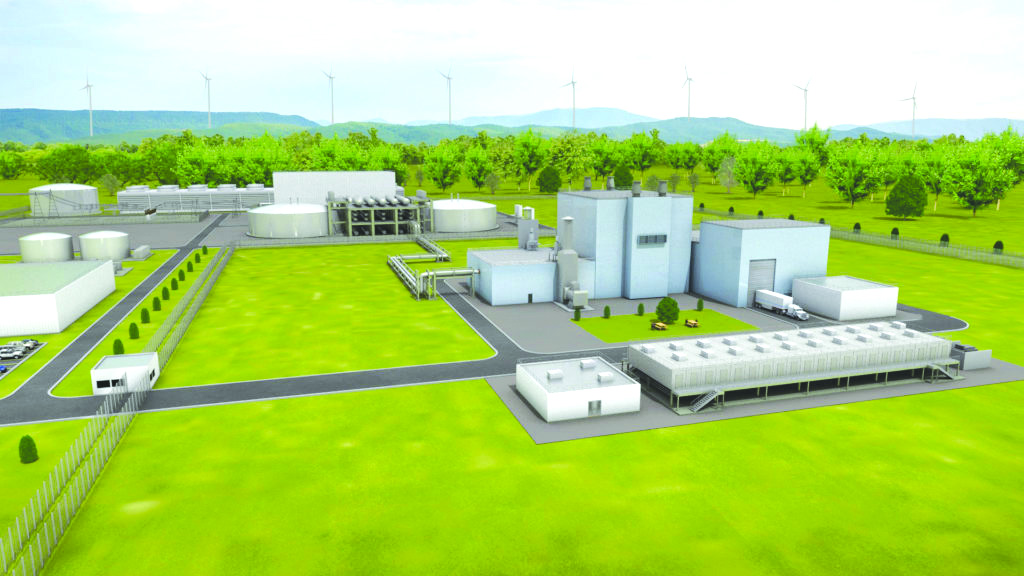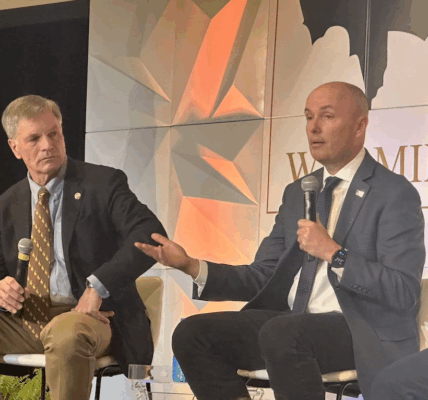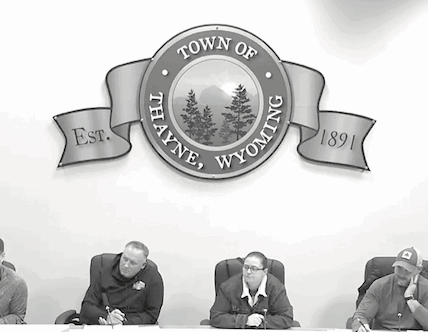Director of External Affairs for TerraPower breaks down new, yet tested, nuclear technology being implemented at new nuclear facility
Director of External Affair for TerraPower, Jeff Navin, joined SVI to break down the new nuclear technology which will be implemented at the new facility near Kemmerer.
He says using nuclear to produce electricity is similar to what is done with the natural resource Lincoln County is very familiar with.
“Coal-powered plants operate by creating heat by burning coal and then using that heat to make steam,” Navin said. “Then that steam spins a turbine and that’s where the electricity comes from.
“Nuclear is pretty similar, but instead of using coal to make the heat, we use a nuclear chain reaction, which produces a lot of heat which produces steam and that steam spins the turbine.”
Natrium is different than traditional reactors according to the director. He says it will be about a third the size of what you may expect with a typical nuclear plant. He also says most plants use water as a coolant as the nuclear chain reaction does produce so much heat, you have to cool it down.
“But water has a fairly low boiling point,” Navin said. “You have to keep moving that water across the core of the reactor in order to remove the heat.”
He says if you don’t do that the water simply boils off, lose the coolant, and the fuel melts together and that’s when you have what he called “a meltdown”. He says this means you have to have belts, suspenders, and a lot of safety mechanisms in place. However, with Natrium they use sodium as the coolant as the boiling point of it is 880 degrees Celsius compared to water’s point which is 100 degrees Celsius.
“Our reactor core never gets hot enough to burn off that coolant,” Navin said. “So, we don’t have to move that coolant over the core and have all those redundant safety systems.”
He says this means it increases safety, but also means you do not have to have all the engineering that goes into it. He says another difference is the company is coupling it all with what he called a “molten-salt energy storage system”.
“So, we’re taking the heat from the reactor, heating up a hot salt, which can store energy for a very long time,” Navin said. “It pairs very well with grids that have high penetrations of things like wind energy.”
This means when there is no wind to produce energy the company will still be able to “ramp up” its energy production. When the wind is blowing it can “ramp down”. He says it really is designed to the new grids that you see in the Cowboy State.
He says the sodium-cooled reactors have been used by the federal government to experiment with. The difference is it was never used to produce electricity according to the director as it was used to test the bounds for safety.
“This will be the first commercial sodium reactor in the United States that’s producing electricity,” Navin said. “But the technology has been around for quite a while.”
He says the company considered four different communities that had planned to have a coal plant retired. One big consideration for where they decided to build the new plant was whether or not the community really wanted this reactor there.
“I will say the enthusiastic support from the community (Lincoln County) played a big role,” Navin said. “We are a mission-drive organization. We recognize that a town the size of Kemmerer, the potential of losing the jobs with the coal plant there could be pretty devastating to that town.
“We are very excited to kind of help bring economic activity to the city, to the county, and kind of the surrounding area.”
He says all four places were great to work with and they wanted everyone to have a voice in the process. However, in the end Kemmerer just made the most sense with all the other check boxes they were looking for such as transmission lines availability, water, the workforce itself, and others.
He also says TerraPower realizes it is on them to continually earn the trust of the community. He says one thing it has learned coming to the area is people here have a very high “energy IQ”. However, he believes the Natrium Plant will be a very good neighbor
“It’s quiet, it’s not going to be releasing soot or particulate matter,” Navin said. “It’s going to provide really good jobs.”
He says it expects there to be 2,000 plus jobs at peak construction of the plant and permanent jobs will be from anywhere between 200 and 250. He also pointed out that nuclear pays more than any other subsector of energy. The plan is designed to operate for 60 years with an option to extend to 80 years.
He also says they hope Lincoln County will be the first of many successful plants not only in the United States, but throughout the world.
“We hope that we might be able to someday rival JCPenney’s as a tourist attraction,” Navin said. “Where people want to come and see the first of its kind plant that was ever built.”
He says they will continue to work with Rocky Mountain Power to even see about setting up other plants in other parts of Wyoming.






